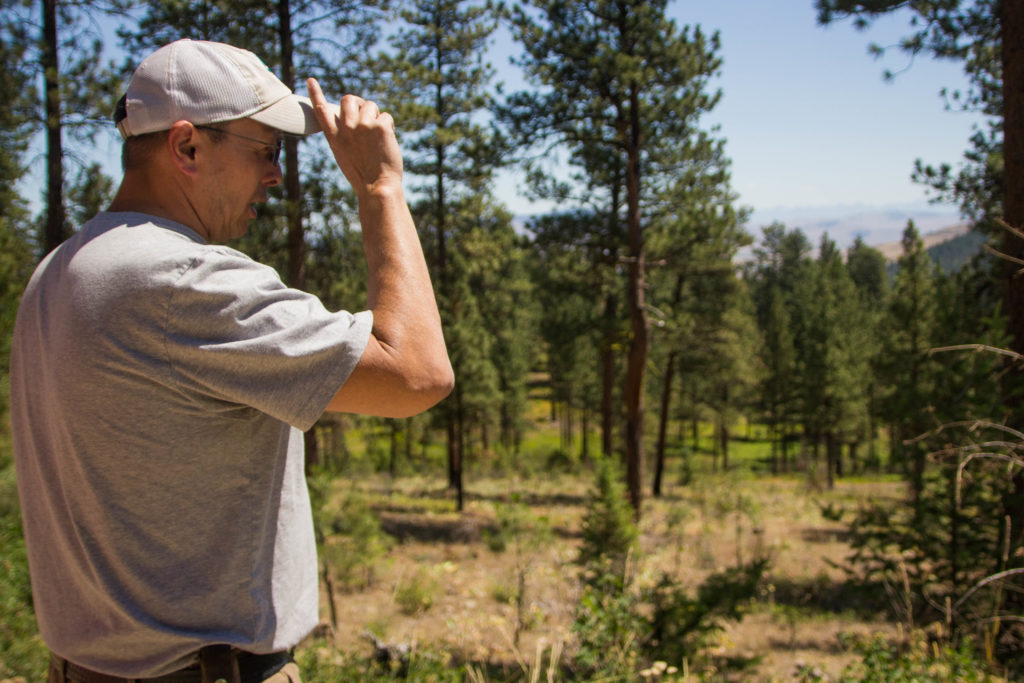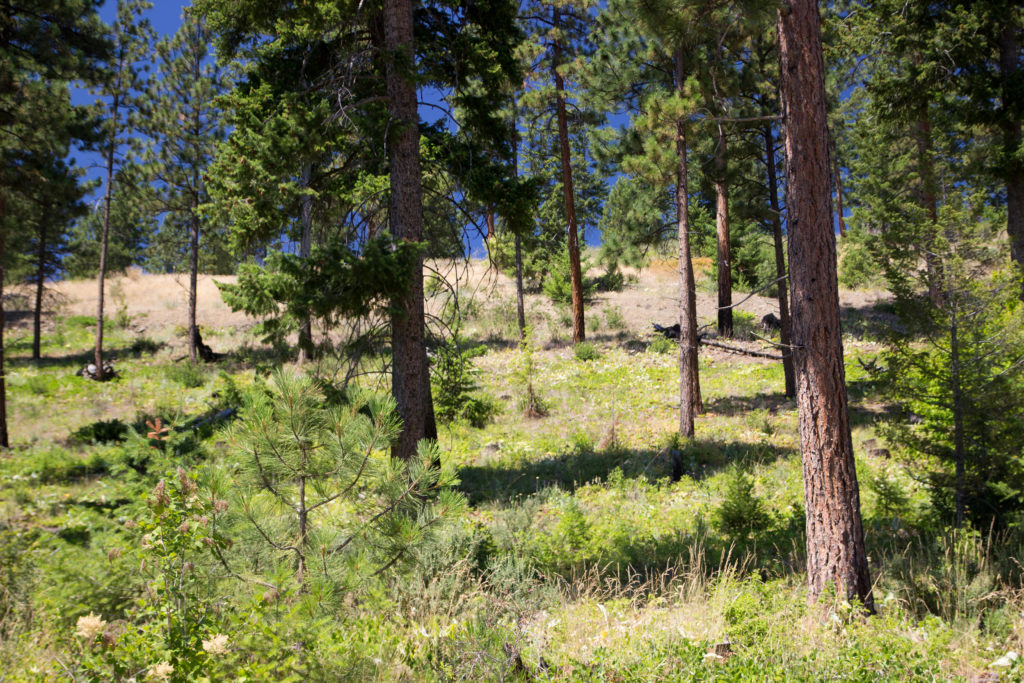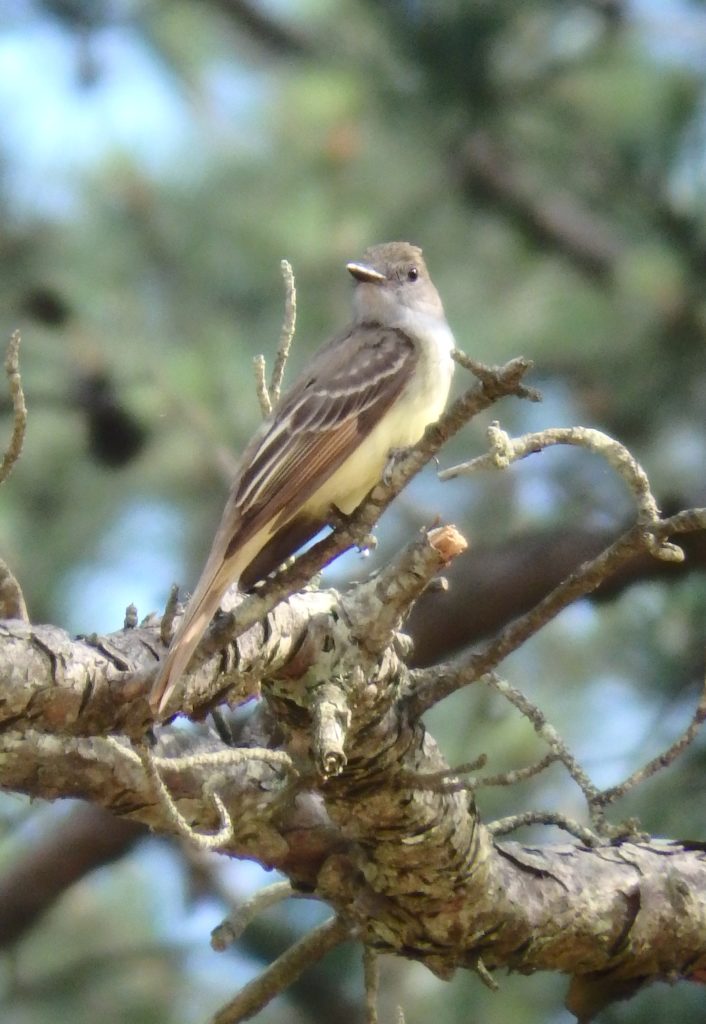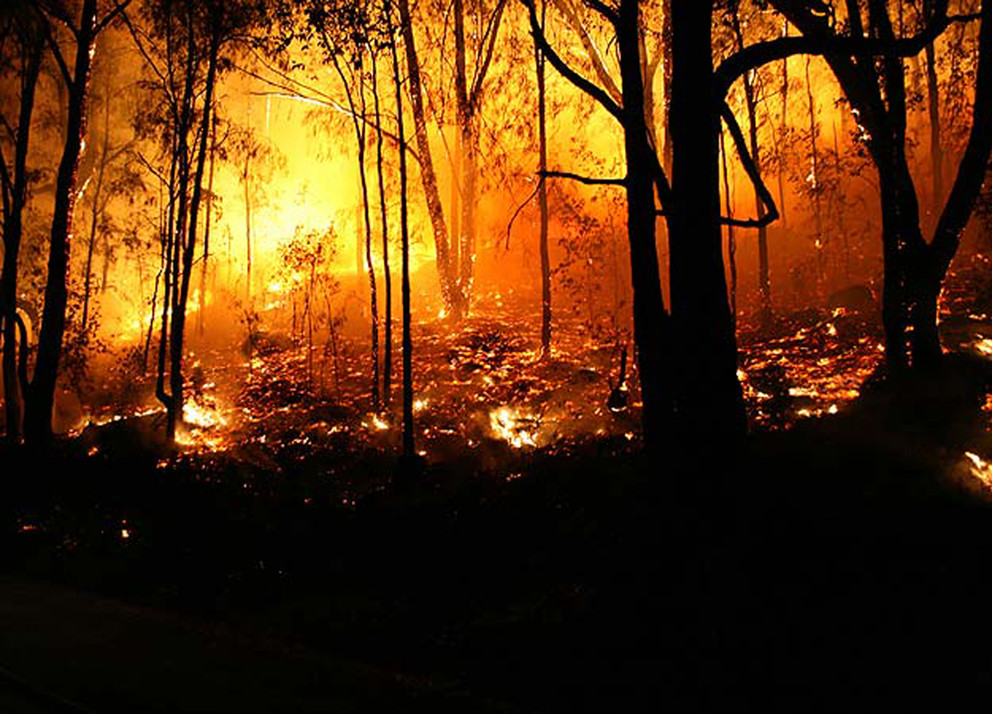Putting fire on the land: Montana tribes use traditional knowledge to restore forests

FLATHEAD RESERVATION, Montana – Art Trahan picked a huckleberry and popped it into his mouth, surveying the forest around him. To Trahan, a veteran fire technician and firefighter for the Confederated Salish and Kootenai Tribes Division of Fire, the legacy of fire is clear in the Garden Creek area of the Flathead Indian Reservation in western Montana.
This forest has seen multiple prescribed burns under CSKT management, and forest growth is indicative of that. Mature ponderosa pine trees tower above younger ponderosa and western larch. Huckleberry and buffaloberry bushes intermingle with other bright green foliage in the underbrush. [Read more…]
Tribal elders record history of fire use by indigenous people

FLATHEAD RESERVATION, Montana – The Fire History Project of the Confederated Salish and Kootenai Tribes includes interviews with tribal elders who have long memories and many stories to share about the traditional knowledge and use of fire.
Several elders talk about a sxʷpaám, the Salish word for firekeeper. The sxʷpaám would carry hot coals and ashes in a container, lifting it with sticks for short journeys or in a clam-shaped container for longer journeys. If the fire went out, tribes could start a new fire using drills or flint. [Read more…]
New Jersey forests and fire? Really?!

PINELANDS NATIONAL RESERVE, New Jersey – What is the first thing that comes to mind when you think about New Jersey? Probably not forests or wildfire, more likely it’s an image of dense cities, or industrial manufacturing and pollution.
Our preconceived ideas need to be challenged on a regular basis if we want to be knowledgeable citizens. I had my biases rearranged after I visited New Jersey for my younger daughter’s graduation. I flew in an out of Newark, an accurate basis for the stereotype, but I was to learn how limiting that stereotype is. [Read more…]
Penn State researcher: Fire exclusion takes toll on Eastern U.S. forests

Western wildfires are the headline grabbers, but forests in the eastern United States are also fire-dependent and increasingly at risk because of fire exclusion, according to a researcher at Penn State University.
“Many people have been lulled into believing that it is just the West that is prone to devastating wildfires, but that’s not true,” said Marc Abrams, professor of forest ecology and physiology, who for three decades has studied the historic role of fire in Eastern forests.
“Fire has played an important role historically in the forest ecosystem in the eastern United States, but the balance created by frequent — but not catastrophic — forest fires was upset by the Smokey Bear fire suppression regimen beginning in the late 1940s. Now, Eastern forests, when faced with prolonged drought, are more vulnerable to hotter-burning, terribly destructive wildfires.” [Read more…]
- « Previous Page
- 1
- …
- 25
- 26
- 27
- 28
- 29
- …
- 38
- Next Page »
